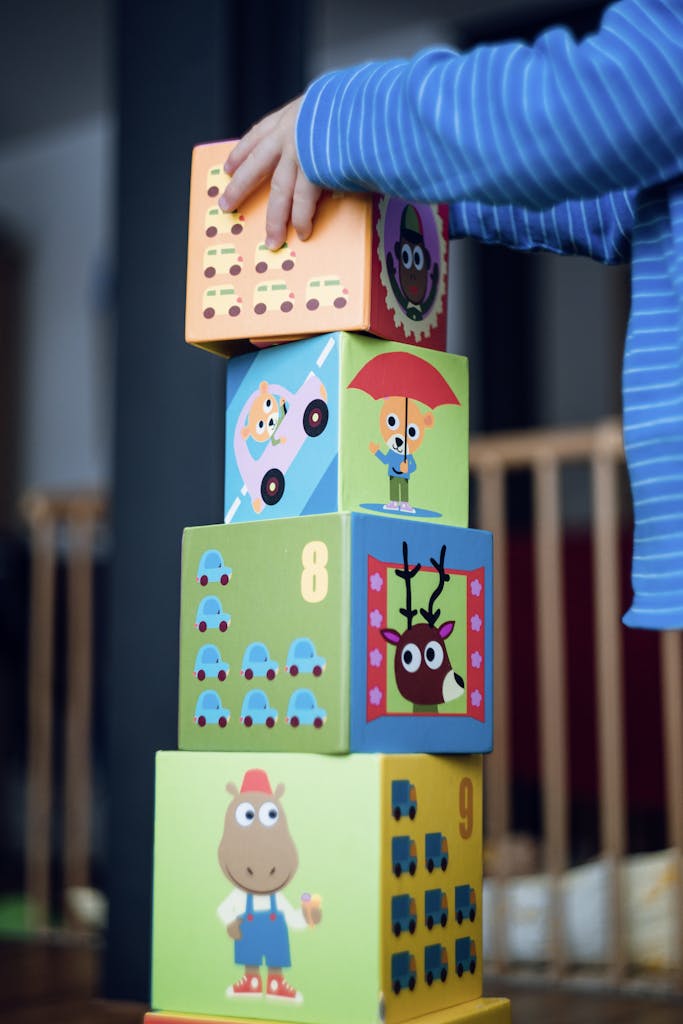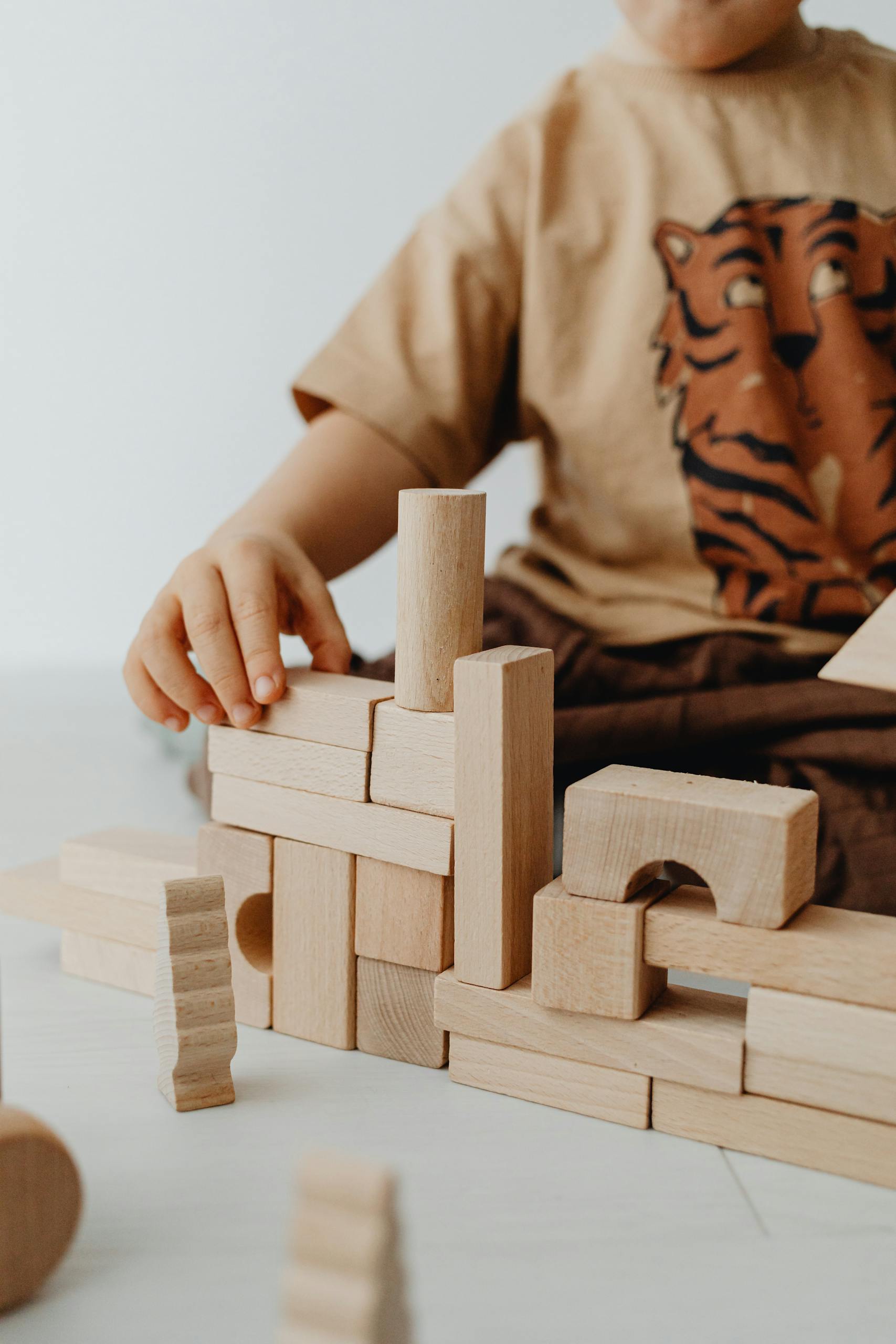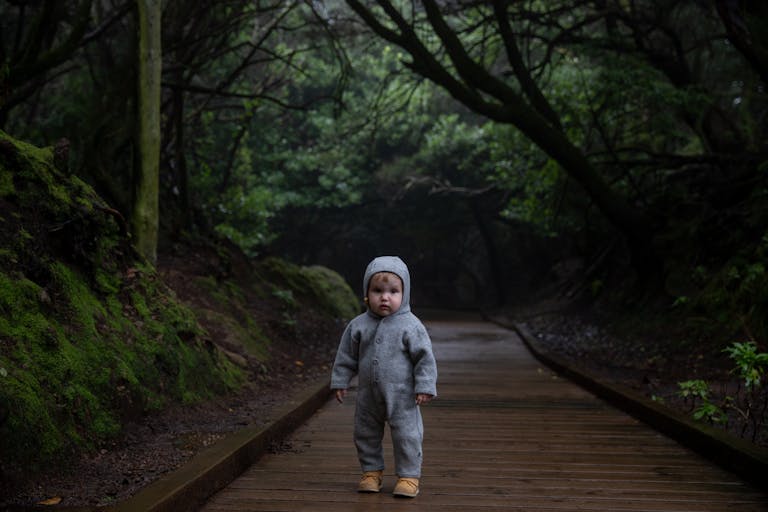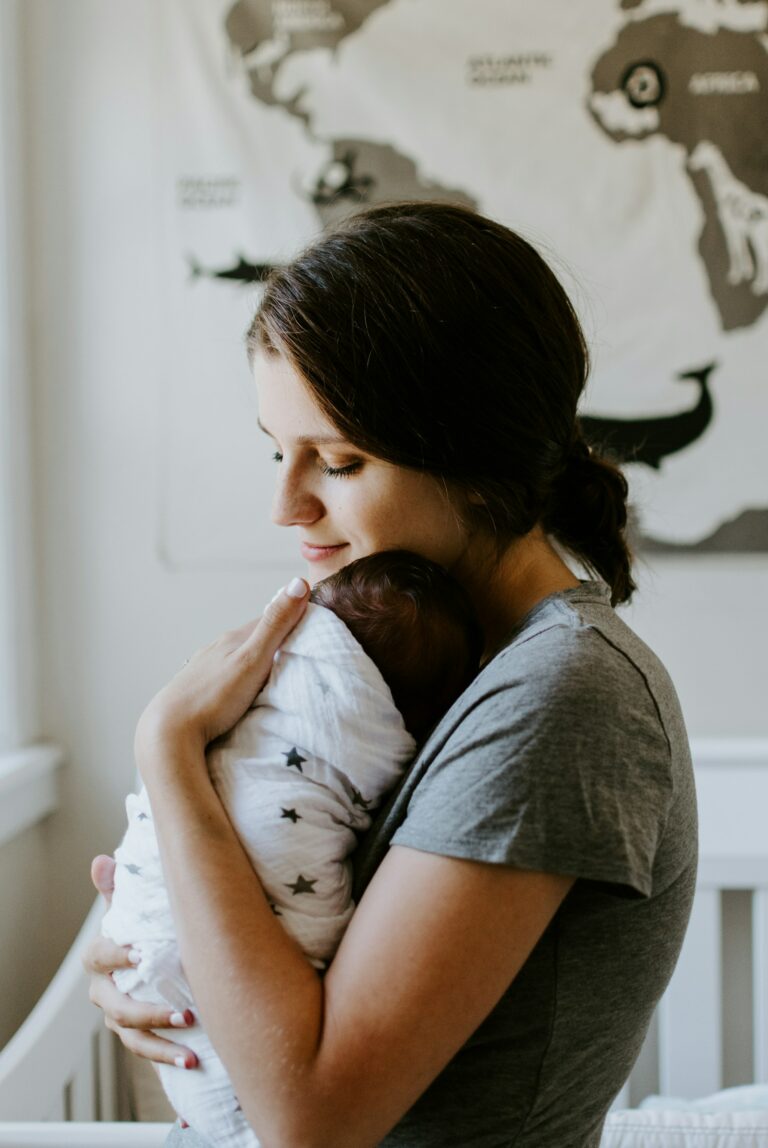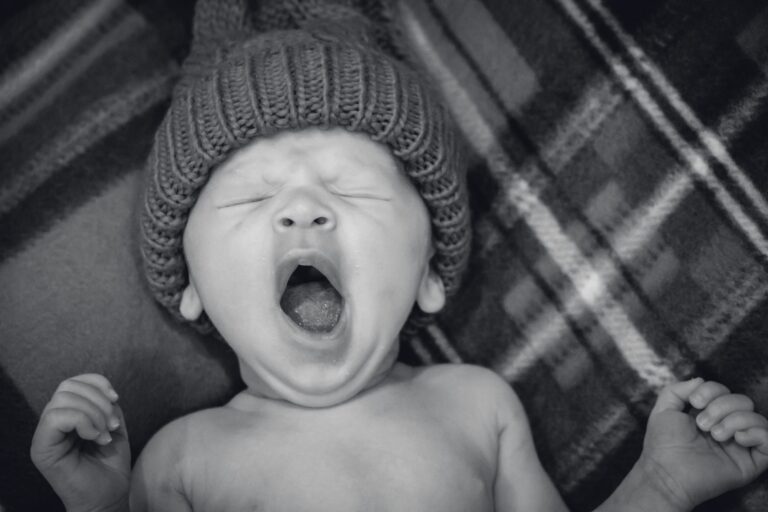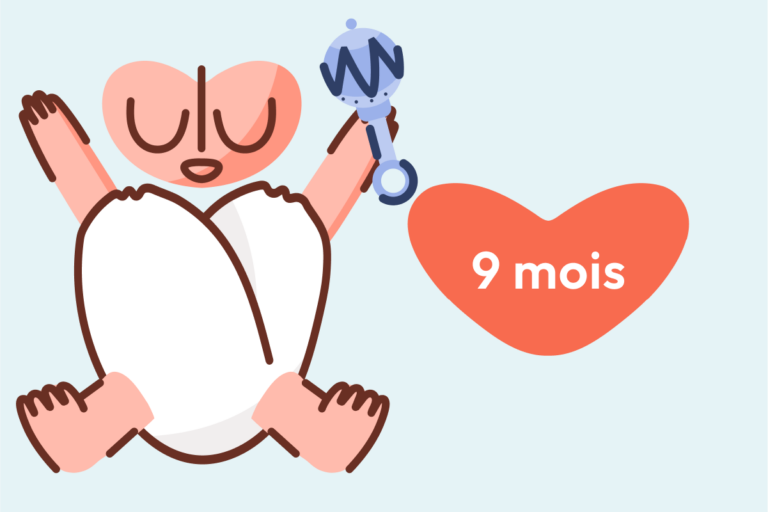From the first tentative reach toward a bright toy to the persistent attempts to wield a spoon, eye-hand coordination quietly shapes a child’s journey to independence. Parents sometimes find themselves wondering: Why does my baby swipe at objects but miss the mark? Is it normal if my toddler seems clumsy? What games or activities actually help? Sifting through all the advice can feel overwhelming, especially when milestones seem so variable from child to child. Here, let’s unpack the science, offer practical strategies, and bring clarity to this fascinating—sometimes puzzling—aspect of healthy child development.
Whether you have a budding builder stacking blocks with precision or a little one learning to grasp a spoon with fierce determination, strengthening eye-hand coordination isn’t just about smoother movements. It deeply influences learning, confidence, and day-to-day autonomy. Let’s examine the science, the progression, playful exercises, warning signs, and when to seek advice—so you can foster these skills at every stage with knowledge and empathy.
What Is Eye-Hand Coordination? Understanding the Process
What, exactly, happens in that fleeting instant when a child’s eyes lock onto a rolling ball—and their hands spring into action? Eye-hand coordination is the seamless interplay between visual perception (what the eyes see) and motor skills (how the hands move), synchronized by the brain’s intricate pathways. At the core, this ability demands the visual system (retina, optic nerve, visual cortex), the proprioceptive system (body position sense), and fine motor control—all working in harmony.
It’s not magic, nor is it automatic in the early years. The brain analyzes signals from the eyes, formulates a rapid plan, then dispatches the message along neural highways to muscles in the arms and hands. Precision, timing, and accuracy are the names of the game—whether stacking rings, threading beads, or tracing shapes.
And here’s something parents find fascinating: Not only does eye-hand coordination fuel functional tasks like dressing, eating, and drawing, but it also underpins cognitive abilities, spatial awareness, and even emotional self-confidence. The capacity to reach, grasp, manipulate, and eventually write or catch a ball—these achievements prepare children for literacy, sporting involvement, and daily life skills.
Developmental Milestones: How Eye-Hand Coordination Evolves
Development rarely follows a strict timetable; each child’s tempo is unique. Still, knowing typical phases can reassure parents and offer hints when extra support might help.
From Birth to 6 Months: The Early Exploration
Instinct rules these early months. Babies gaze at faces and contrasting shapes, their little fists flailing with effortful (and often imprecise) attempts at batting toys. Visual tracking emerges first—the ability to follow a moving object side to side, which is a foundation for all later coordinated movement.
- Practical tip: Dangle soft, colorful toys just within reach and encourage your baby with calm, gentle movements. Even missing the object is practice—the brain is busy wiring everything together.
6 to 12 Months: Intentional Grasp and Sensorimotor Learning
Suddenly, intention replaces guesswork. Babies begin open-handed reaching, then refine their grip (palmar, then pincer grasp) to pick up blocks, toys, food. They may transfer objects between hands or bash items with exuberance—a sign those neural circuits are humming.
- Offer stacking rings or gently roll a ball to your baby. Observe the transition from random swiping to more purposeful actions—a real triumph of sensorimotor integration (the process of combining movement and sensory input).
Ages 1 to 3: Complex Tasks and Emerging Independence
Toddlers become experimenters in motion—stacking towers, trying puzzles, drawing wild scribbles, turning book pages with chubby fingers. Control over hand and finger movements rapidly improves. Feeding independently (messy, but meaningful!) is a powerful boost to self-esteem.
- Simple puzzles, chunky crayons, building games—these everyday adventures develop fine motor dexterity and deepen the brain’s visual-motor connections.
Ages 3 to 5: Finesse and Creative Challenge
These years bring rapid advances. Children control scissors, draw basic shapes, pour water, or thread beads with surprising skill. Play becomes more imaginative, and participation in group activities and sports starts to flourish.
- Suggest arts and crafts, play-dough modeling, or basic board games. The joy of progress—and the occasional frustration—is part of learning, and every attempt matters.
Everyday Importance: Autonomy, Learning, and Beyond
Why does eye-hand coordination matter so much beyond childhood? Consider this: Children who practice self-feeding, buttoning shirts, or catching a ball are rehearsing for literacy, classroom participation, and even future driving or computer use. For adults and older children, these skills remain at the heart of daily life—cooking, sports, technology, and safe mobility rely on well-oiled visual-motor connections.
Children with solid visual tracking and motor planning are often more engaged in group activities, adapt smoothly to new challenges, and show greater confidence. Noticing the progress—or identifying persistent difficulty—empowers parents to provide support and celebrate small victories.
Stimulating Eye-Hand Coordination: Strategies and Evidence-Based Activities
What practical steps can families take? Here are tangible, science-backed ways to nurture these skills—no expensive equipment required.
Toys and Games
- Building blocks: Manipulating blocks strengthens planning, spatial reasoning, and grip. Opt for large, lightweight blocks at first, then progress to more challenging sets.
- Puzzles: Matching and inserting puzzle pieces boosts spatial vision and fine motor control.
- Ball games: Rolling, tossing, or catching balls enhances reaction time, timing, and gross-motor coordination (involving the whole body, but guided by the eyes and hands).
Parental participation adds emotional warmth; sharing playtime turns skill-building into a moment of bonding.
Everyday Routines Become Learning Opportunities
Embrace the learning hidden in daily life:
- Eating with a spoon: Encourage independent, albeit messy, attempts early. Watching, aiming, and coordinating the scoop are rich exercises for eye-hand coordination.
- Dressing: Buttons, zippers, and snaps transform into small “challenges” that build fine motor control. Celebrate persistence.
- Drawing and coloring: Oversized crayons or stickers suit little hands and ignite creativity.
Transform chores into mini-games. Which family member can stack socks fastest, or pour water from cup to cup with the least spills? These friendly competitions foster skill and laughter.
Screen Time and Digital Support: Friend or Foe?
Parents often wonder: Do video games or educational apps help—or hinder? The answer is nuanced.
- Thoughtfully-chosen digital activities (such as apps requiring tapping, tracing, or matching) can boost accuracy, timing, and visual attention. However, excessive screen time replaces valuable active play—so moderation is wise.
- Augmented reality games or interactive mats invite movement and challenge, merging digital learning with real-world action.
Co-play, positive feedback, and frequent movement breaks maximize the benefits.
Common Difficulties and When to Seek Additional Support
All children learn at individual rates, but persistent clumsiness, difficulty using age-appropriate tools, or a clear hand preference before age two may signal an issue worth discussing with a pediatrician or occupational therapist. Medical research highlights the importance of early detection for conditions like developmental coordination disorder (sometimes known as dyspraxia), which impacts planning and executing coordinated movements.
Symptoms that might prompt an expert opinion include:
- Frequent dropping of objects beyond the expected age
- Marked reluctance to participate in activities involving fine motor skills
- Difficulty following objects with the eyes, or appearing “lost” when tracking moving items
Occupational therapy offers tailored exercises to improve skills and adapts daily routines, providing effective, compassionate support.
Key Takeaways for Parents
- Healthy eye-hand coordination supports not only basic tasks but also learning, social engagement, and long-term independence.
- This skill emerges in a stepwise fashion—from gaze and reach in infancy, to complex manipulations in childhood, and remains vital into adulthood.
- Daily routines, carefully selected toys, and active family involvement foster progress at every stage. Messy attempts and “failures” are part of the process—celebrate effort as much as achievement.
- If persistent difficulties arise, consultation with a healthcare professional such as an occupational therapist can illuminate solutions and set realistic goals.
- Evidence-based advice, empathy, and encouragement transform skill-building from a pressure-filled task into a rewarding journey for both parent and child.
Dedicated resources can make a real difference. Download the Heloa App for free health questionnaires, personalized advice, and milestone tracking—designed to support your family’s growth, one confident step (and reach!) at a time.
Questions Parents Ask
How can I help my child who struggles with eye-hand coordination?
It’s common for children to develop eye-hand coordination at their own pace, but if you notice your little one often missing objects or feeling frustrated with tasks like catching a ball or using utensils, small daily activities can make a big difference. Playing simple catch games, stacking blocks, or drawing together are naturally engaging ways to support these skills. Encouraging gentle practice and celebrating each step—no matter how small—can help boost your child’s confidence. Rassurez-vous, patience and consistent encouragement usually lead to gradual improvements.
Can video games support the development of eye-hand coordination?
Surprisingly, certain age-appropriate video games and digital activities can positively contribute to eye-hand coordination by encouraging focus, accuracy, and quick hand movements. Games that involve tracing, matching, or requiring timely taps can exercise these abilities in a fun, interactive way. However, it’s important to balance screen time with plenty of free play and real-world activities, ensuring your child benefits from a variety of experiences—both digital and hands-on.
Why is eye-hand coordination important for children’s future skills?
Eye-hand coordination is more than just a childhood milestone; it’s a building block for a wide range of abilities that extend into later life. Mastering these skills supports writing, sports, and even daily activities like getting dressed or eating independently. Over time, strong visual-motor connections help prepare children for more complex tasks—using a computer, playing musical instruments, or engaging confidently in group activities. Each playful effort today lays a foundation for independence and learning tomorrow.
